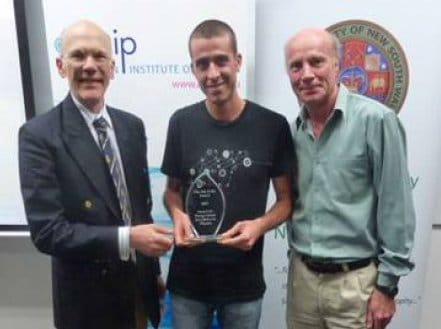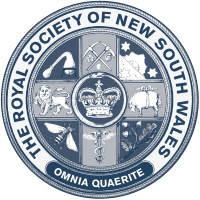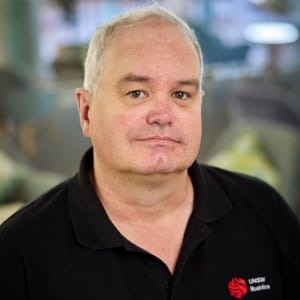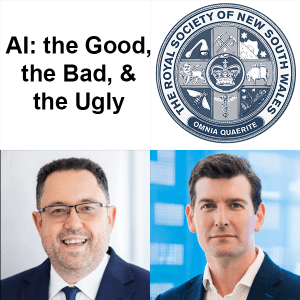
“Probing the nano-world with the symmetries of light”
 Xavier Zambrana-Puyalto
Xavier Zambrana-Puyalto
Department of Physics and Astronomy
ARC Centre of Excellence for Engineered
Quantum Systems, Macquarie University
Winner of the RSNSW Jak Kelly Scholarship
Award for 2013
Wednesday 18 December 2013
Union, University and Schools Club, 25 Bent Street, Sydney
The Jak Kelly Award was created in honour of Professor Jak Kelly (1928 – 2012), who was Head of Physics at University of NSW from 1985 to 1989, was made an Honorary Professor of University of Sydney in 2004, and was President of the Royal Society of NSW in 2005 and 2006. Its purpose is to encourage excellence in postgraduate research in physics. It is supported by the Royal Society of NSW and the Australian Institute of Physics, NSW branch. The winner is selected from a short list of candidates who made presentations at the most recent Australian Institute of Physics, NSW branch postgraduate awards.
In 1959, Richard Feynman gave a seminal lecture titled “There’s plenty of room at the bottom” which pushed scientists to set out on the journey of controlling light/matter interactions at the nano-scale. Since then, nanotechnology has rapidly developed. Nowadays it is inconceivable to think of any new information devices whose circuits are not in the nano-scale. Whereas nanoelectronics is a well consolidated technology producing transistors of less than 50 nm, nanophotonics has yet to overcome some drawbacks. So far, probably the most successful way of pushing light technology to the nano-scale has been plasmonics. In plasmonics, plane waves are used to excite smartly designed nano-structures to couple light with free electrons oscillations on a metallic surface and transmit information. Xavier showed that if symmetry considerations are taken into account and more elaborate beams of light are used, extra information can be retrieved from the same samples. To prove this, he presented a recent experiment carried out in his group where the complex behavior of a circular nano-metric aperture is easily predicted using symmetry considerations. The experiment deals with an old problem – the circular dichroism (CD) of a sample. CD is a widely used technique in science, and its uses range from DNA studies to protein spectroscopy. It is defined as the differential absorption of left and right circular polarization. Typically, it is established that CD can only be found in interactions with chiral structures, i.e. structures whose mirror image cannot be superimposed with them. Xavier showed that non-chiral structures, such as a circular nano-aperture, can also produce CD when light beams with cylindrical symmetry are used. This allows one to reconcile the experimental results and extend the current understanding of this phenomenon using symmetry considerations.








